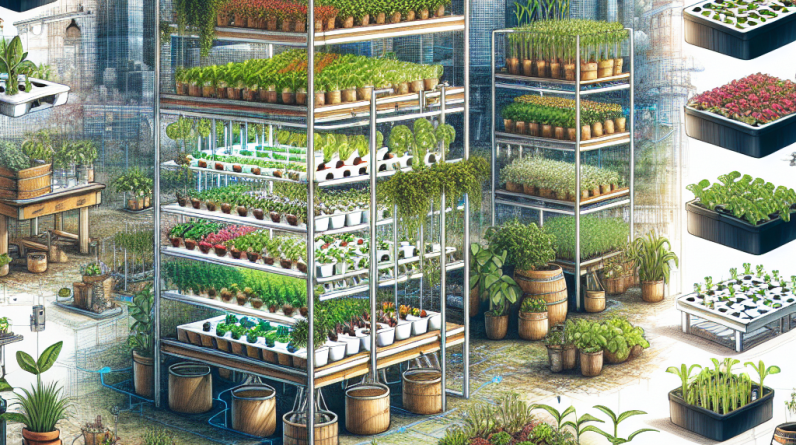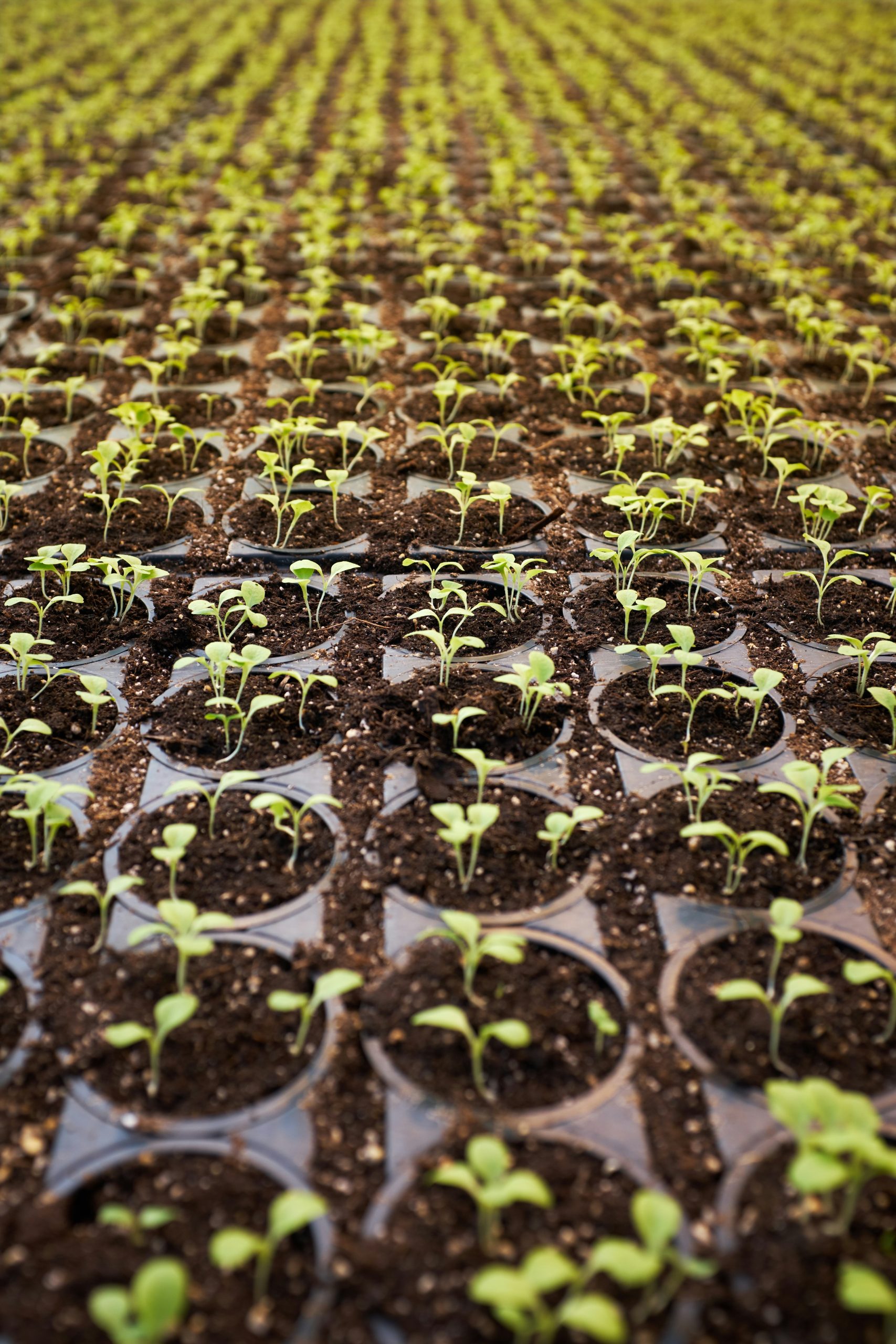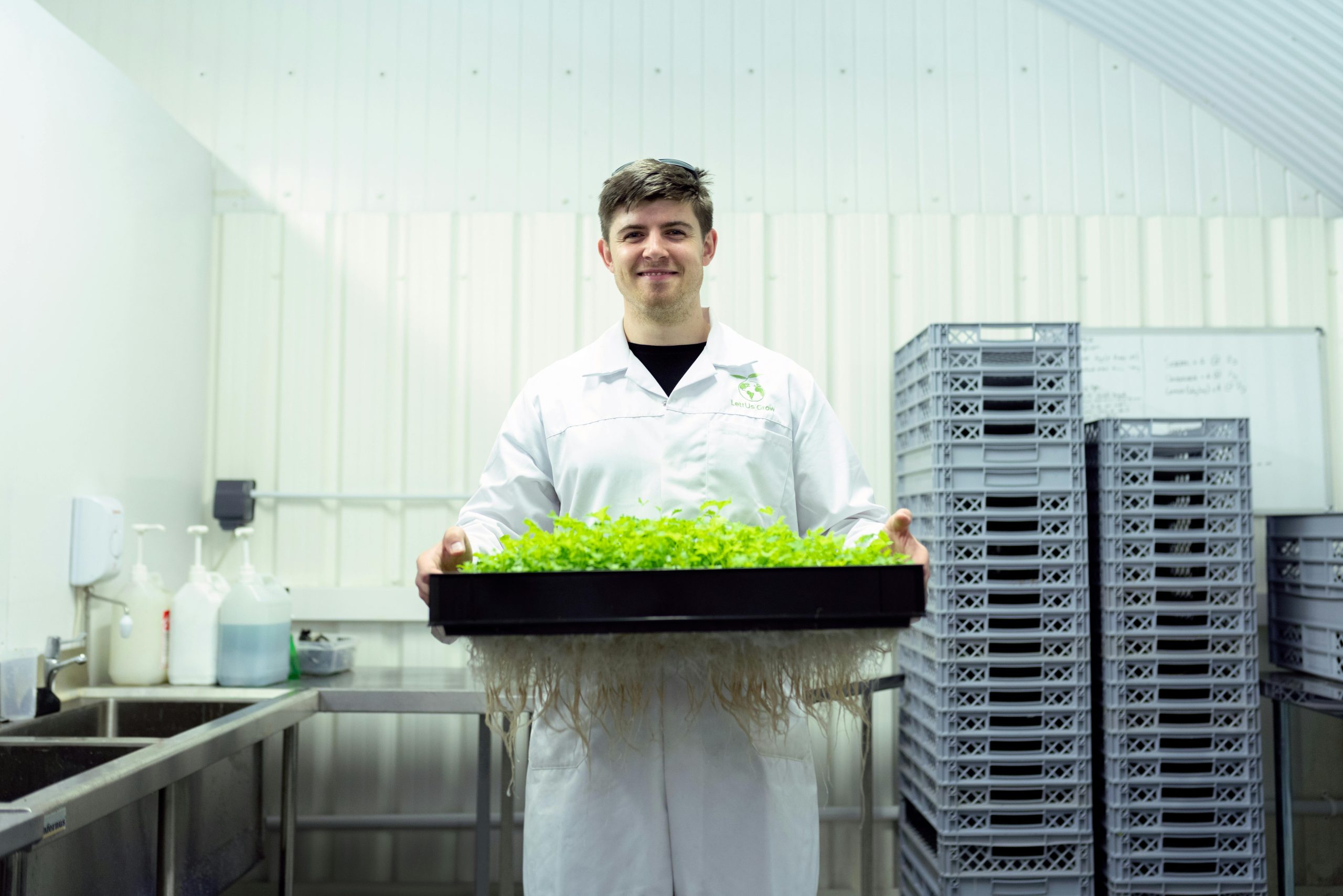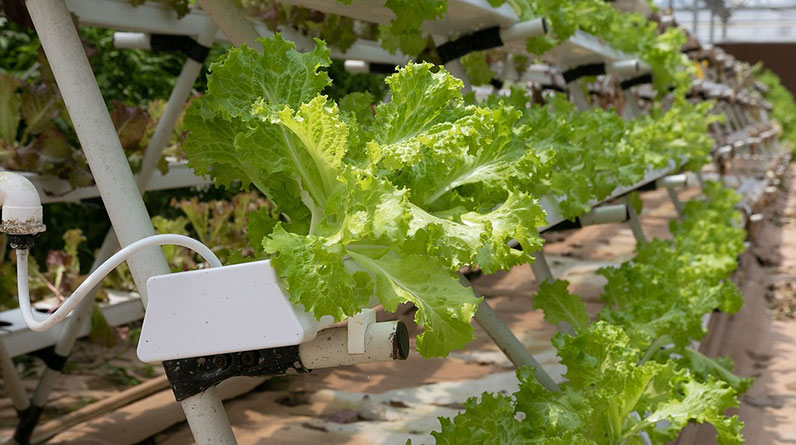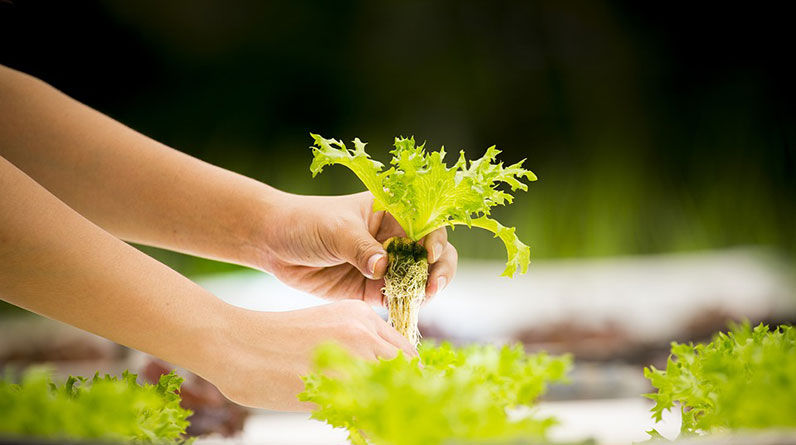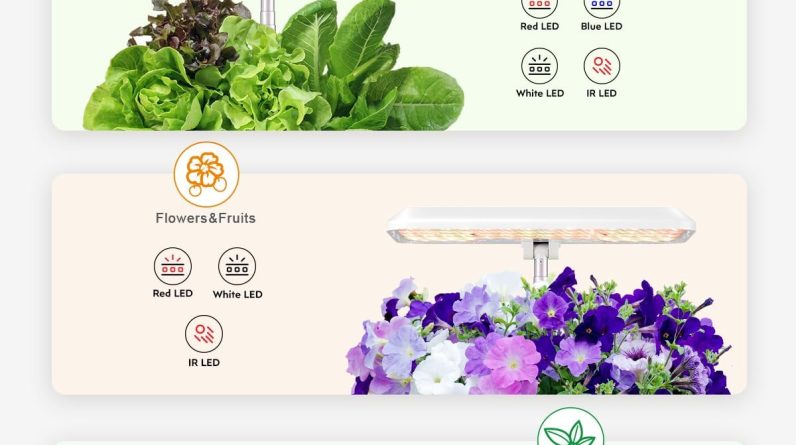
Table of Contents
- 1. Understanding Hydroponic Growing Without Soil
- 2. Choosing the Right Hydroponic System
- 3. Investing in Quality Nutrients
- 4. Monitoring pH and Electrical Conductivity (EC)
- 5. Controlling Environmental Conditions
- 6. Implementing Automated Irrigation and Lighting
- 7. Regular Maintenance and Troubleshooting
1. Understanding Hydroponic Growing Without Soil
What is Hydroponic Growing Without Soil?
Hydroponic growing without soil is a method of cultivating plants using nutrient-rich water solutions instead of traditional soil. This technique offers numerous advantages, such as faster growth rates, higher yields, and reduced pest problems. As we step into 2025, hydroponic gardening becomes more accessible and efficient, making it ideal for urban farmers and home gardeners alike.
In this method, plants are supported in inert media or suspended directly in nutrient solutions, allowing roots to access everything they need without soil. The precision of this approach means less water wastage and fewer chemical inputs, aligning with sustainable practices increasingly popular in 2025.
Many hobbyists and commercial growers are turning to hydroponic growing without soil to optimize productivity. With advancements in technology, itâs now easier than ever to maintain optimal conditions for a wide variety of plants, from leafy greens to fruiting crops.
Benefits of Hydroponic Growing Without Soil
One key benefit is faster plant growth. Studies show hydroponic systems can increase growth rates by up to 25-50% compared to traditional soil gardening. This efficiency is crucial for 2025 growers looking to maximize limited space and resources.
Another advantage is environmental conservation. Using less water and fewer fertilizers reduces the ecological footprint, making hydroponic growing without soil a more sustainable choice for future-conscious gardeners.
Additionally, pest and disease control is simplified since plants are isolated from soil-borne pathogens. This means less pesticide use, healthier plants, and safer produce, aligning with consumer demands in 2025.
2. Choosing the Right Hydroponic System
Popular Hydroponic Systems in 2025
In 2025, the most popular systems include Nutrient Film Technique (NFT), Deep Water Culture (DWC), and Ebb and Flow systems. Each offers unique benefits depending on the crops you want to grow and your setup space.
For beginners, DWC systems are particularly forgiving and simple to maintain. They suspend roots directly in oxygenated nutrient solutions, promoting rapid growth. NFT, however, provides an efficient flow of nutrients over plant roots, ideal for leafy greens.
Choosing the right system depends on your goals; for example, vertical hydroponic towers are trending in urban environments for maximizing space. Understanding these options helps optimize your hydroponic growing without soil.
How to Decide Which System Fits Your Needs
Assess your available space, budget, and crop types to select the ideal hydroponic setup. If space is limited, vertical towers or compact systems are perfect. For larger areas, nutrient film technique (NFT) or flood and drain systems can be more productive.
Remember, maintenance level varies; some systems require frequent monitoring, while others operate semi-automatically. Investing in quality equipment in 2025 will yield better harvests and less frustration.
Research and consult with experts or experienced growers. Many online communities offer valuable insights into system selection â a crucial step for successful hydroponic growing without soil.
3. Investing in Quality Nutrients
Importance of Nutrients for Hydroponic Growing Without Soil
Nutrient management is vital in hydroponic growing without soil because plants rely entirely on the supplied solutions for their minerals. In 2025, the trend is toward high-quality, precisely formulated nutrients tailored for specific crops.
Using premium nutrient mixes ensures your plants get the right balance of macronutrients like nitrogen, phosphorus, and potassium, alongside micronutrients such as iron and magnesium. This balance is critical for optimal growth and yield.
Test kits and sensors are more advanced now, allowing growers to monitor nutrient levels in real-time, ensuring consistent supply and reducing guesswork â a game-changer in hydroponic systems this year.
How to Choose the Best Nutrients for Your System
Look for nutrients designed specifically for hydroponic applications, as they dissolve easily and are more bioavailable. Organic options are gaining popularity, but synthetic nutrients often provide more control and consistency.
Start small: purchase concentrated solutions and dilute according to manufacturer instructions. Regularly adjust your nutrient mix based on plant growth stages and water quality.
Investing in monitoring technology helps to fine-tune nutrient delivery, leading to healthier plants and bigger harvests in 2025. Remember, consistent feeding fosters thriving hydroponic gardens without soil.
4. Monitoring pH and Electrical Conductivity (EC)
The Role of pH and EC in Hydroponic Growing Without Soil
Maintaining proper pH and EC levels is essential for plant nutrient uptake. In hydroponic growing without soil, imbalances can lead to deficiencies or toxicities, affecting growth and yield.
Most crops thrive within specific pH rangesâtypically between 5.5 and 6.5. EC measures the nutrient concentration in your solution; optimal levels vary depending on your plants but generally fall between 1.5 and 3.0 mS/cm.
In 2025, automatic pH and EC monitoring devices simplify this task, providing real-time data and alerts to help prevent problems proactively.
Best Practices for Monitoring and Adjusting Levels
Test your nutrient solution at least once daily, especially during the early stages of growth or when environmental conditions fluctuate. Use digital meters for accuracy and ease.
If pH drifts outside the ideal range, use pH up or down solutions to correct it promptly. EC adjustments involve diluting or concentrating your nutrient solution, so precise measurements are crucial.
Consistent monitoring ensures your plants absorb nutrients efficiently, leading to stronger growth and higher harvests in 2025.
5. Controlling Environmental Conditions
Temperature, Humidity, and Light in Hydroponic Growing Without Soil
Optimal environmental conditions are the backbone of successful hydroponic growing without soil. In 2025, climate control technology has advanced, making it easier for growers to maintain stable settings.
Maintain temperatures between 65-75°F (18-24°C) for most crops, and keep humidity levels around 50-70%. Proper lighting is also crucial; LED grow lights with adjustable spectrums are now mainstream choices.
These conditions foster healthy root development and maximize photosynthesis, leading to superior harvests and faster crop cycles.
Tools and Techniques for Environment Management
Use environmental sensors connected to automation systems to monitor temperature, humidity, and light intensity continuously. This data helps in making real-time adjustments for optimal growth conditions.
Implement ventilation and air circulation strategies to prevent mold and pests. In sealed environments, dehumidifiers and heaters can fine-tune conditions further.
Investing in smart climate control ensures your hydroponic growing without soil system thrives, especially during the unpredictable weather patterns of 2025.
6. Implementing Automated Irrigation and Lighting
Benefits of Automation in Hydroponic Gardening
Automation reduces manual labor, ensures consistent delivery of nutrients and water, and optimizes light cycles for maximum growth. In 2025, smart systems are more affordable and user-friendly than ever.
Automated irrigation systems can adjust watering schedules based on real-time sensor data, preventing over or under-watering issues.
Similarly, automated lighting with programmable timers and spectrum adjustments mimics natural sunlight, extending growing hours and improving crop quality.
How to Set Up Reliable Automation Systems
Choose compatible componentsâsensors, controllers, and pumpsâthat integrate seamlessly. Many systems include apps for remote monitoring and control, increasing flexibility.
Start with a modular setup, allowing for easy upgrades and troubleshooting. Regularly calibrate sensors to maintain accuracy.
Automating these processes allows you to focus on other aspects of your hydroponic growing without soil, making 2025 the year to maximize efficiency and harvest success.
7. Regular Maintenance and Troubleshooting
Key Maintenance Tasks for Hydroponic Growing Without Soil
Routine cleaning of tanks, filters, and nozzles prevents algae buildup and clogs. Regularly inspect plants for pests or diseases, which can spread quickly without soil barriers.
Replacing nutrients and renewing water sources periodically keeps the system healthy and nutrient levels balanced.
In 2025, digital logs and monitoring tools allow for easier tracking of system performance over time, enabling proactive maintenance.
Common Problems and How to Solve Them
Issues like pH swings, disease outbreaks, or equipment failures can harm your crop if not addressed promptly. For example, sudden pH drops may indicate contamination or nutrient imbalance.
Keep a troubleshooting checklist handy. For persistent problems, consult with hydroponic experts or online forums dedicated to hydroponic growing without soil.
Prioritizing regular maintenance fosters a resilient system that consistently produces high-quality harvests in 2025 and beyond.
Frequently Asked Questions
Q1: What is hydroponic growing without soil, and why is it trending in 2025?
Hydroponic growing without soil is a soilless cultivation method using nutrient solutions to provide plants with all essential minerals. Itâs trending in 2025 due to its efficiency, sustainability, and ability to produce faster, higher yields in limited spaces.
Q2: How do I select the best hydroponic system for my needs?
Consider your available space, crop types, budget, and maintenance capacity. Systems like DWC and NFT are popular for small to medium setups, while vertical towers maximize space in urban environments.
Q3: Can I grow all types of vegetables hydroponically without soil?
Most leafy greens, herbs, and even some fruiting plants do well hydroponically without soil. However, root vegetables are more challenging and less common in this system.
Q4: What are the essential tips for a successful hydroponic growing without soil in 2025?
Key tips include choosing the right system, using high-quality nutrients, maintaining proper pH and EC levels, controlling environmental factors, automating processes, and performing regular maintenance.
Q5: How can I improve my harvests in hydroponic growing without soil in 2025?
Focus on optimizing nutrient delivery, environmental conditions, and automation. Staying current with technological advances and troubleshooting issues promptly will also boost your yields.
Conclusion
Hydroponic growing without soil is revolutionizing modern agriculture and home gardening in 2025. By understanding the principles, selecting suitable systems, managing nutrients, and maintaining optimal conditions, you can significantly boost your harvests. Remember, success in hydroponic gardening depends on continuous monitoring, regular maintenance, and staying innovative with the latest tools and techniques. Embrace these seven tips, and you’ll enjoy a bountiful, efficient hydroponic garden all year round.
<!–  –>
–>


